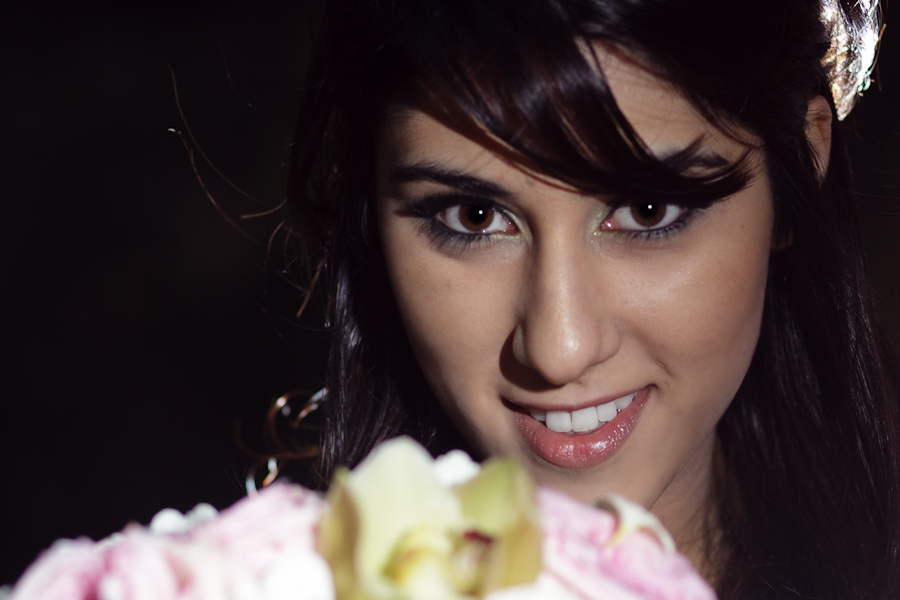What’s music theory doing on a photography blog?
If you were at a wedding in 2009 and possibly late 2008, chances are the bouquet toss was set to Beyoncé’s “Single Ladies (Put a Ring on It)”. This is also, according to some one of the best videos of all time. A fellow photographer posted this version as an alternative: Single Ladies – Pomplamoose.* As a cover, it shifts the medium of song and music video into a videosong. Every sound is shown on screen. Although not always simultaneously, there is generous use of split screen. The description reads, “we love this song. the chord progression in the chorus is genius. hooray for beyonce and her songwriters.”
What?
The other night I was bored (and procrastinating other things) and did some research. The default start for background research: Wikipedia’s article on chord progression and song structure and various linked off of there. Here are two articles about the chord progression and song structure of “Single Ladies”:
Try listening to the harmony and bass lines of a popular song. Listen for the changes. Still confused? Watch Rob Paravonian Rant about hating Pachelbel’s Canon. In addition to his comedic value, the rant brings out the common chord progression everywhere. Even in punk rock.
*Francophone readers might note that pomplamoose sounds like pamplemousse, French for grapefruit.
Back to photography, then. One of the best videos of all time is shot in black and white on a huge wraparound white seamless background. Super-awesome Atlanta Photographer Zack Arias wrote a multi-part tutorial on using white seamless.
The transitions in the video between the gray background with dancers’ shadows and white shadowless is done entirely by changing lighting ratios. All in camera. White seamless is particularly versatile in photography for this very reason. Multiple looks, all by changing the way the scene is lit. Very light against white, against black/dark gray, silhouette against white. And in theory, all available by just turning lights up and down.


